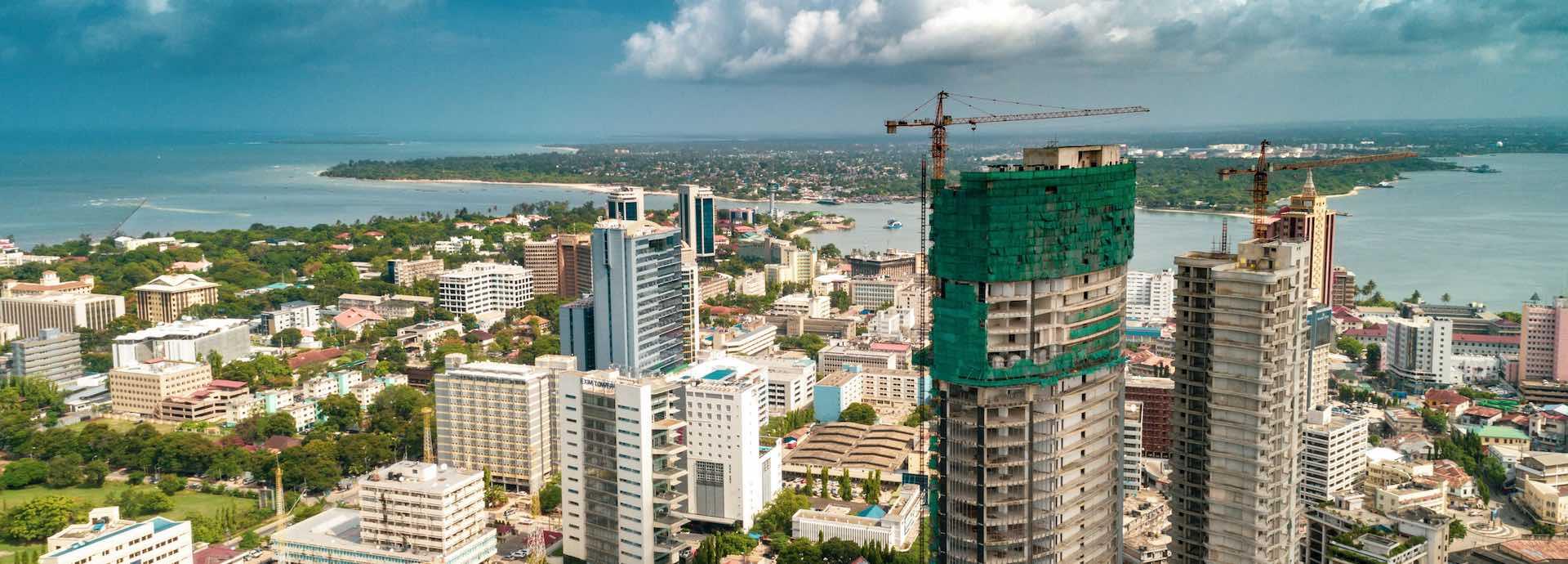

Championed by the African Union, the new free trade area will make the continent a powerful economic bloc if challenges are overcome.
At the end of May 2019, the African Continental Free Trade Area (AfCFTA) came into effect. The massive free trade area is the largest in the world in terms of the number of participating countries and could drastically change life on the continent as well as impact global trade.
In recent decades much of the global economy has been transformed by big, continent-wide trade blocs. Europe, North America, South America and much of the Asia-Pacific region have each formed their own trade bloc. But what makes them so popular?
“A number of studies have shown that free trade boosts economic growth,” explains Kari Hietanen, Executive Vice President, Corporate Relations and Legal Affairs at Wärtsilä. “They can improve efficiencies, lower costs, improve safety standards and allow specialisation. Sometimes they can cover other areas. In the EU, for instance, sustainability is an important topic.”
Franklin Obeng-Odoom, Associate Professor at the University of Helsinki, has written on the AfCFTA in his new book Property, Institutions, and Social Stratification in Africa. Although still critical of the AfCFTA, he points out that Africa is not a copy of other trade blocs.
“The AfCFTA promises to be different,” he writes. “AfCFTA rejects classical, neoclassical, and Marxist theories of trade, appealing, instead, to non-aligned pan-Africanism. It advocates continental free trade as a way to overcome the lingering effects of slavery, colonialism, and neocolonialism.”
Current and future challenges
Africa faces major challenges. It has a limited amount of formal trade and over concentrates on exporting natural resources. Trade is uneven: big countries like South Africa, Nigeria, Egypt, Morocco and Algeria dominate intra-African trade, as well as trade with the rest of the world. Africa has also not been immune to the current wave of protectionism, while COVID-19 has put a damper on trade and mobility.
Non-tariff barriers such as travel restrictions are also significant. Hietanen mentions that sometimes when travelling within Africa it is easier to fly out of the continent and fly back in. Obeng-Odoom highlights how South Africa does not require visas from Americans and Australians, but asks for visas from the nationals of Lesotho – whose country is an enclave geographically inside South Africa.
“We have to keep in mind that there is no single Africa. There are more than fifty countries on the continent, all very different and spread across a huge landmass,” says Hietanen. “It will take step-by-step development to create support and a common approach. It is not a simple change to create something as large and ambitious as the AfCFTA. It requires patience.”
Obeng-Odoom voices concerns about the AfCFTA’s failure to address inequalities and the possibility that the agreement itself will exacerbate them. It is widely believed that the free trade area will raise economic growth, but there are no mechanisms in place to see the growth shared throughout society.
Fantastic potential for Africa and the world
Yet, if these pitfalls are overcome the potential gains are huge. A World Bank report says Africa’s income will be boosted by USD 450 billion by 2035, a gain of 7%. The report also says that 30 million Africans will be lifted out of extreme poverty and the relative status of women will be improved, as they will see a larger wage gain than men.
The AfCFTA would connect 1.3 billion people in 55 countries with a combined GDP of 3.4 trillion dollars. Such a major economy would not just impact the people living there: the World Bank believes that the rest of the world will see income jump by trading with Africa.
“The implementation of the AfCFTA is positive from the European point-of-view,” says Hietanen. “Europe and Africa are close to each other and could become better trading partners. It is simpler for Europe to trade with a harmonised trade bloc.”
Africa is a major provider of natural resources, such as oil, bauxite, cobalt, gold and industrial diamonds. Major manufacturing nations like India and China are export markets for these raw materials. As the people of Africa enjoy higher incomes, they will also purchase more imported consumer products.
“An easy first step is to reduce tariffs. Harmonising standards and common goals like sustainability are more challenging and could come next,” Hietanen says. “I am optimistic about the future. When it is easier to trade it is easier to provide value. When you reduce costs and increase efficiency with free trade areas, you provide more value to companies and societies as a whole.”
· Create a liberalised, single market for goods and services.
· Use industrialisation to diversify and create regional value chains, spur agricultural development and achieve food security.
· Make economies more competitive.
· Promote inclusive socio-economic development.
· Establish a Continental Customs Union.
· Remove barriers to the free flow of capital and people.
Sources: Obeng-Odoom, Franklin; (2020a).’The African Continental Free Trade Area; American Journal of Economics and Sociology’; 79 (1): 167-197.
Obeng-Odoom, Franklin; (2020b). Property, Institutions, and Social Stratification in Africa, Cambridge University Press, New York.
Did you like this? Subscribe to Insights updates!
Once every six weeks, you will get the top picks – the latest and the greatest pieces – from this Insights channel by email.


